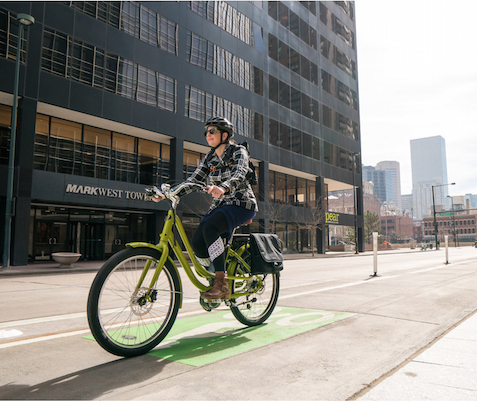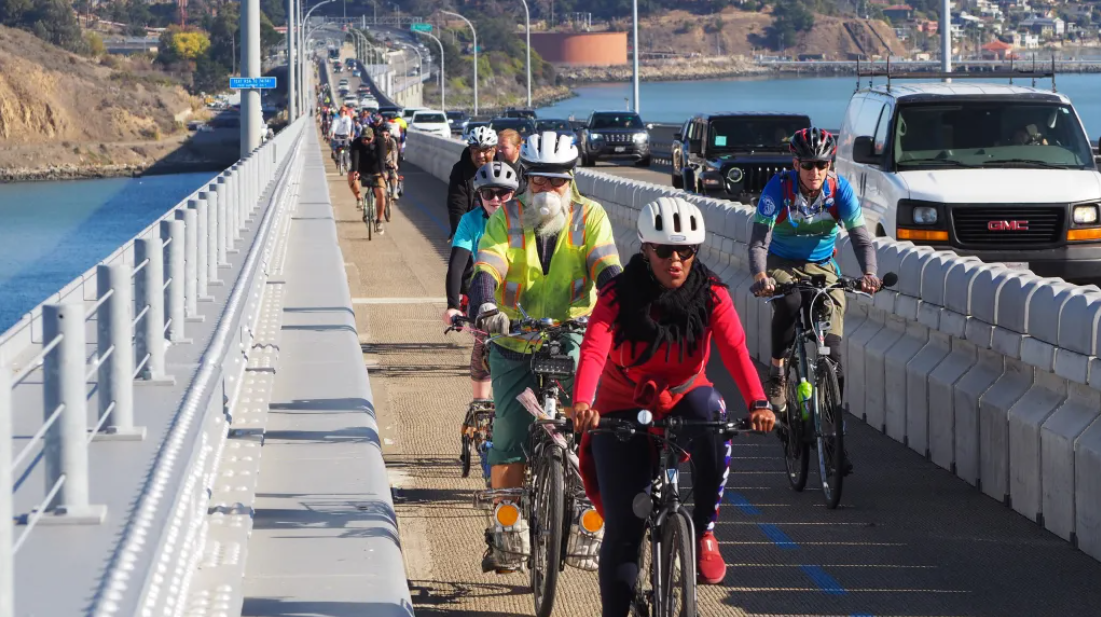SPUR Talk: Achieving Local Climate Goals
3:58 PM PDT on August 10, 2017
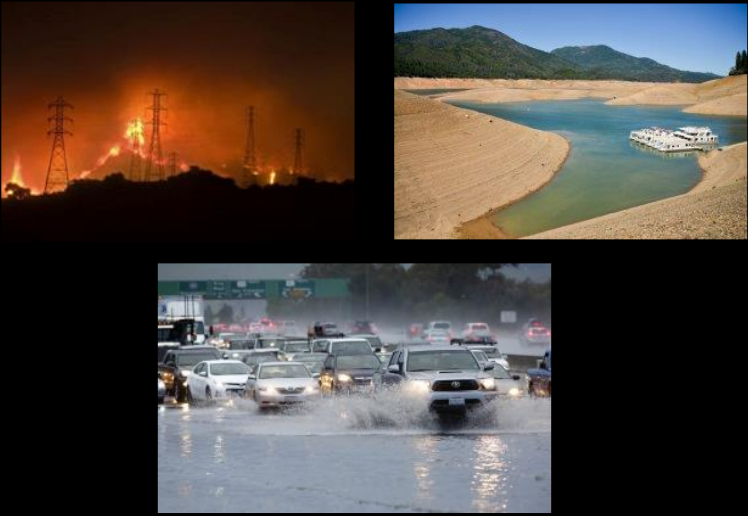
All-year fire season, floods, drought–this is the new normal. Image: Union of Concerned Scientists
Heavy rains, floods, forest fires, sea level rise--this is the new normal, warned Jamesine Rogers Gibson of the Union of Concerned Scientists during a presentation yesterday afternoon at the San Francisco Bay Area Planning and Urban Research Association (SPUR) in San Francisco. And it's only going to get worse. The question is, what can be done about it on the state and local level?
"Climate change is already happening, and as a result we face a new normal of hotter temps, rising sea levels, more precipitation, and other extremes that will impact our health, safety, and economy," she said. And with the Trump Administration pulling out of the Paris Agreement and gagging the EPA, it's now up to local and state governments to deal with it. "California made history again with S.B.32, which sets 2030 goals of getting greenhouse gases forty percent below 1990s emissions level. That's the most ambitious in North America," she explained, and California is continuing to push to reduce further, to achieve levels that are "...consistent with the Paris emissions goals."
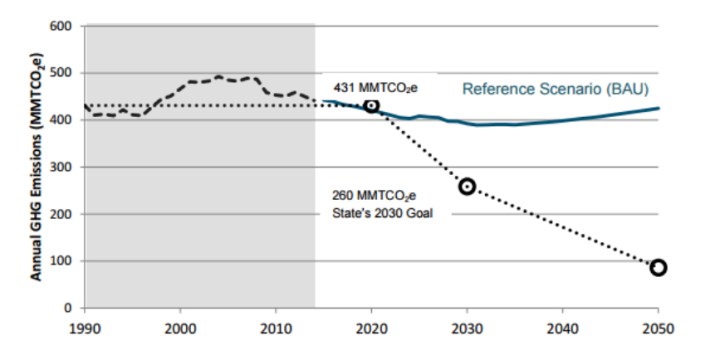
This push by California, as well as cities of the Bay Area, other states and provinces throughout North America, and the world, is part of a global movement, said Kif Scheuer, Climate Change Program Director with the Local Government Commission, a Sacramento-based organization that works to build livable communities. "There’s a big movement of sub-national leadership ... to stay with the Paris accord goals under the banner of 'We Are Still In,'" he explained. Under that goal, "local governments and corporations pledge to sign and stay with the [Paris Agreement] program."

While Rogers Gibson and the Union of Concerned Scientists try to figure out goals for greenhouse gas reductions and general policies, Scheuer works with local governments to find on-the-ground solutions. An example of the kind of solutions they strive to promote is the 'Living River' project in Napa. Napa was losing hundreds of millions of dollars to flood damage over the years, and had decided to build a concrete-lined flood control channel. But environmental advocates worked with the county and got them to build something far more effective, attractive, and healthy.

So how did Napa fare during this past year's record rainfall? "It was a real test, and it worked beautifully," said Scheuer.
Another example of workable, immediate solutions that he cited is the "cool roofs" ordinance in Los Angeles that mandates reflective surfaces for roofs, which can cut down on summer air conditioning bills and reduce the overall urban temperature.
His group brings together students, government agencies, and experts to come up with these kind of local policies that can help achieve the state climate goals. "And when I’m talking about local governments, I’m talking about the full range of them. We elect some 15,000 people to oversee these agencies, including 7,000 local government agencies and overlapping ones such as the Metropolitan Transportation Commission and the Association of Bay Area Governments."
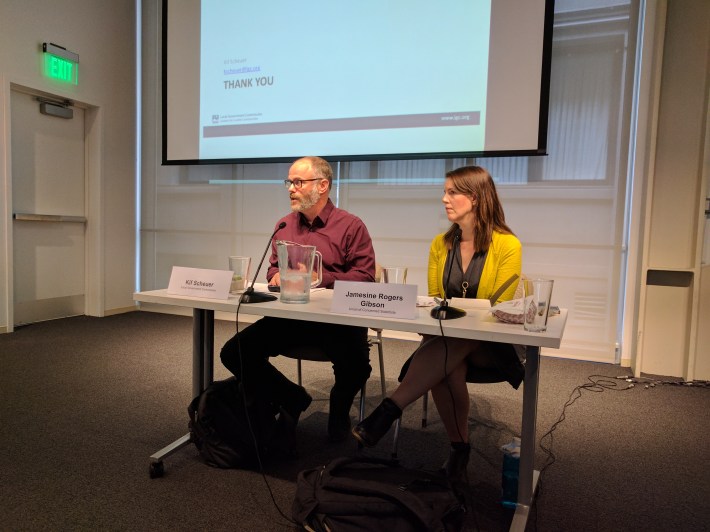
Rogers Gibson and the Union of Concerned Scientists, meanwhile, are doing research and gathering data to help policy makers make informed decisions about climate policies. "Transportation is responsible for the largest amount of emissions, at 37 percent," she explained. "We need standards for more efficient cars, trucks, and freight, and our scoping document also focuses on more widespread electrification, .... extending the low-carbon fuel standards, and reducing Vehicle Miles Traveled (VMT)--- plus increasing shared mobility."
On the local level in San Francisco, Oakland, and the rest of the Bay Area, that can translate into things such as bike-share programs and street designs that encourage bicycling, walking, and transit. And although Rogers Gibson supports cap and trade and market-based solutions, she said it's those local changes that really make the difference. "Cap and trade is a very valuable tool, but it’s also most effective when combined with sector-specific policies."
For more events like these, visit SPUR’s events page.
Read More:
Stay in touch
Sign up for our free newsletter



